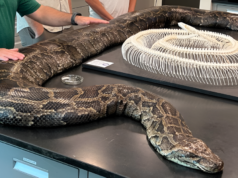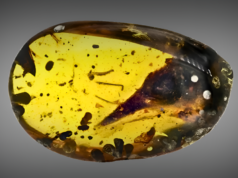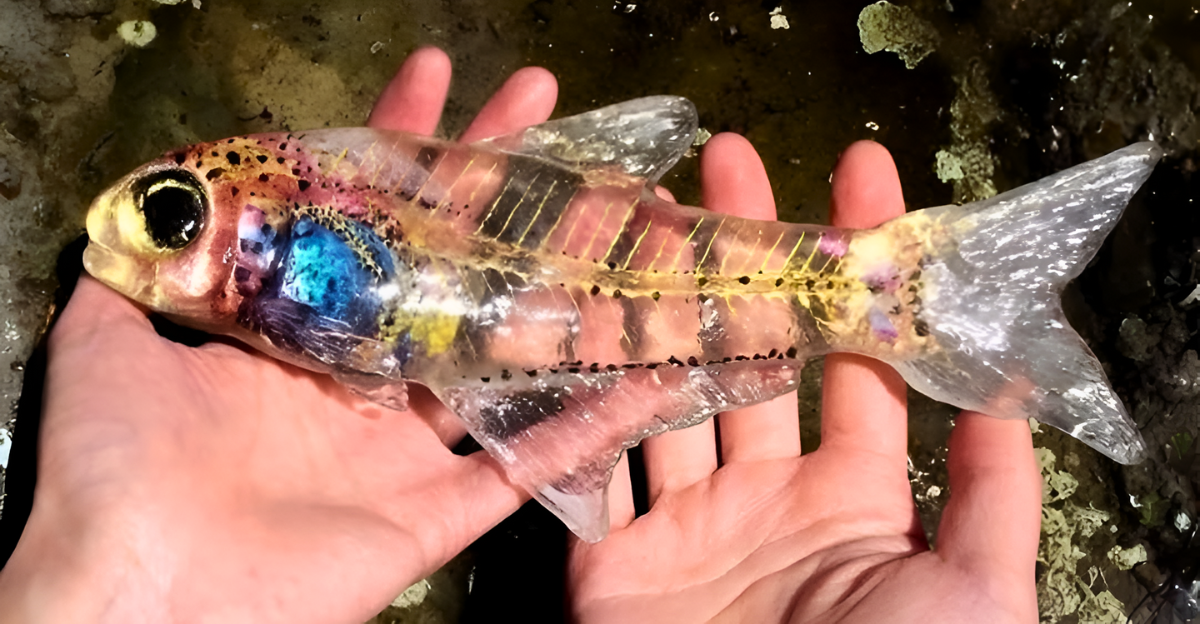
Deep in a remote corner of the Democratic Republic of the Congo, a small pool of water had collected after seasonal rains. Those passing through may not have noticed, but this fleeting pool of water contained an unexpected gem.
A group of researchers scouring these seasonal wetlands stumbled upon a remarkable discovery: a tiny, pearlescent fish. Its gleaming yellow eyes and flash of unexpected color instantly drew their attention.
Was it a new species or a variation of a species already discovered? The pond would dry up soon, but not before scientists were able to gather significant evidence that would give rise to a thrilling find.
The Hunt for Seasonal Fish

Scientist Béla Nagy and his colleagues at the University of Lubumbashi spent seven years wading through rivers and seasonal pools in southern Africa.
They were studying killifish, a kind of seasonal fish famous for inhabiting wetlands that dry out annually. The fish are resilient and have evolved to thrive in harsh environments, and because of this, they have fascinated scientists who study evolution and survival in adverse environments.
Life in a Temporary Pond
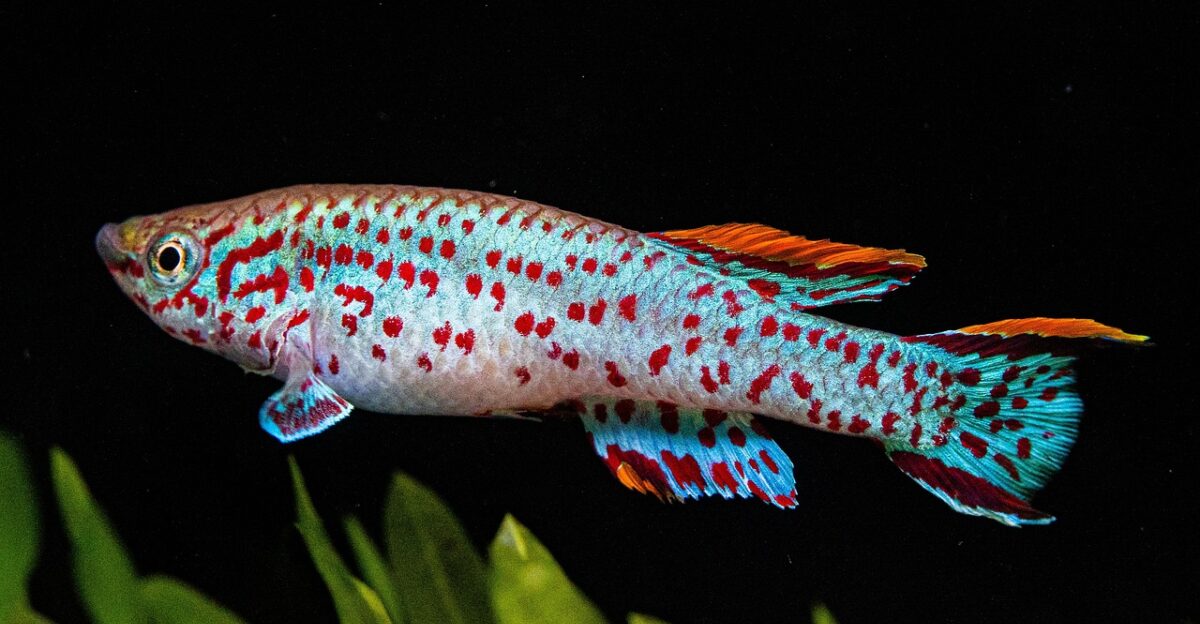
Killifish are survival specialists. They live in “ephemeral wetlands,” temporary pools that develop during rainy periods and vanish when the dry season returns.
To survive, they “live in a hurry”: hatching, breeding, and laying eggs rapidly before dying. When the rains recur, a new generation of killifish develops from the buried eggs. This annual cycle is a remarkable strategy of survival in adverse conditions.
A Flash of Color
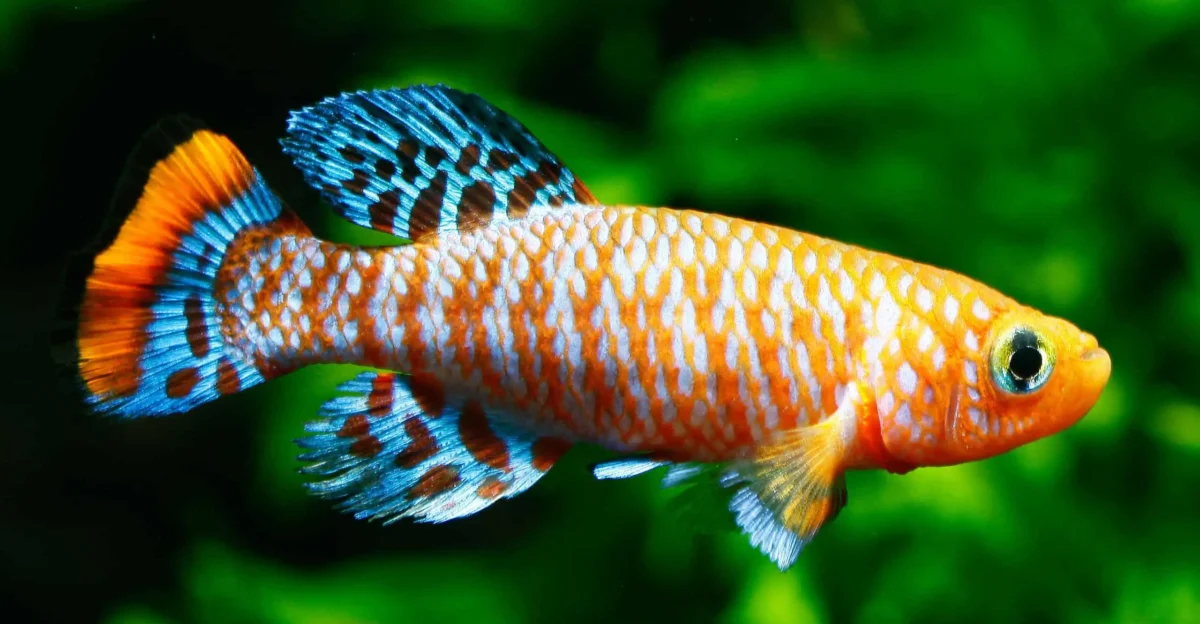
In one of the 2023 surveys, researchers discovered a small fish they weren’t aware of. It had a mesmerizing color pattern and large yellow eyes.
The males also had a vibrant blue coloration on their bodies, with red and yellow hues on their fins. This iridescent, “rainbow” effect made them stand out from other killifish breeds, so scientists proceeded to do further research.
DNA Analysis Unveils the Truth
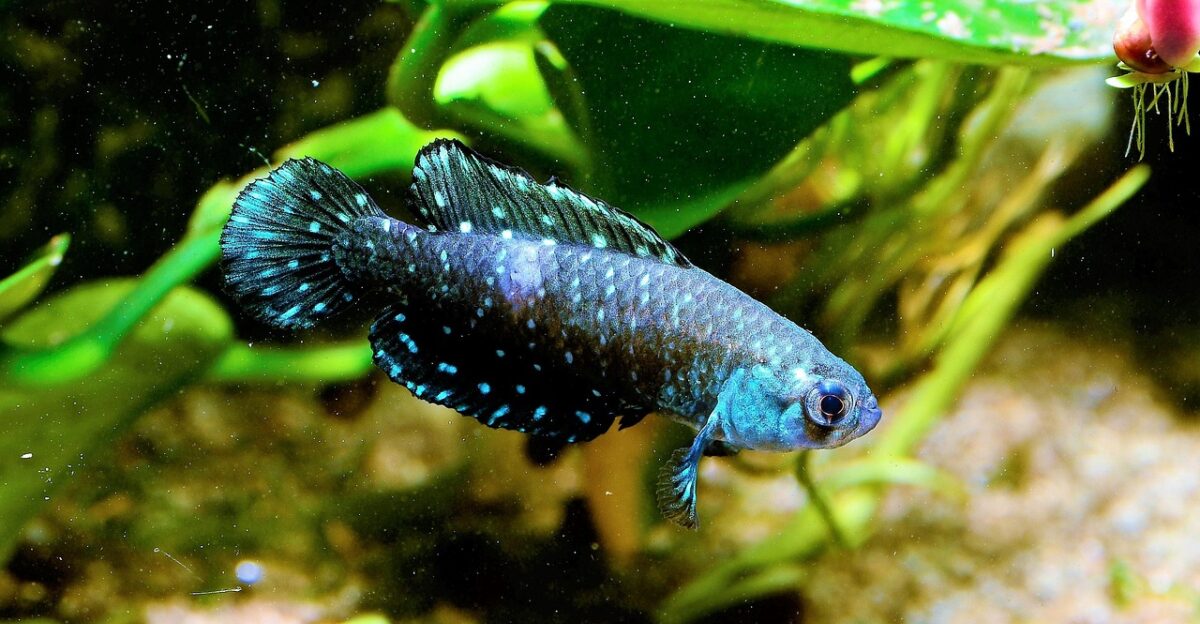
Researchers studied the fish’s DNA and physical traits. What they discovered established that it wasn’t only a familiar species with striking colors — it was a new one.
Dubbed Nothobranchius iridescent, the new species derived its name from the Greek word “rainbow” owing to the rainbow-hued males. Based on DNA analysis, they could distinctly differentiate it from its closest relatives.
Meet the Rainbow Killifish
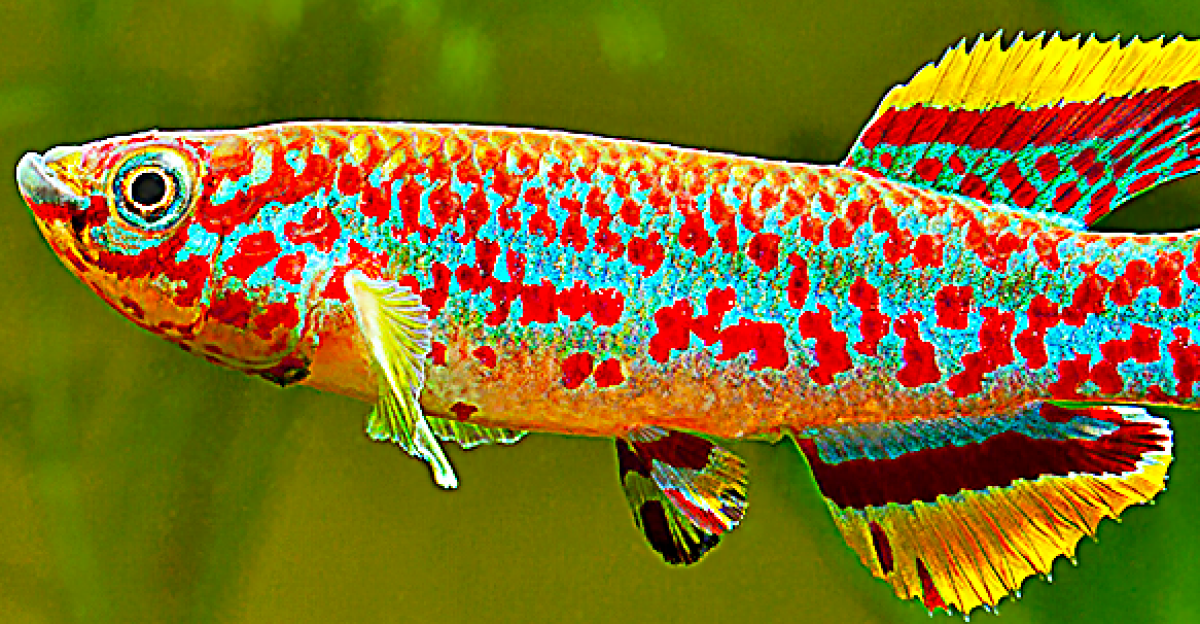
The Nothobranchius iridescens or rainbow seasonal killifish is approximately 1.7 inches in length. The males have resilient bodies and are typically bright blue, a coloring that varies with lighting.
Females are slender and light brown. Both are very large-eyed and short-headed with cone-shaped teeth, so they are beautiful even in murky pond water.
A Unique Home

Scientists discovered the rainbow killifish at just one site — a temporary pool on the floodplains of the Kafila river in the south of Democratic Republic of the Congo.
It was shallow, no more than 2 feet deep, and featured clumps of grass on the surface. Though temporary and small, it contained a population that illustrates how life always finds a way.
Why Only One Site
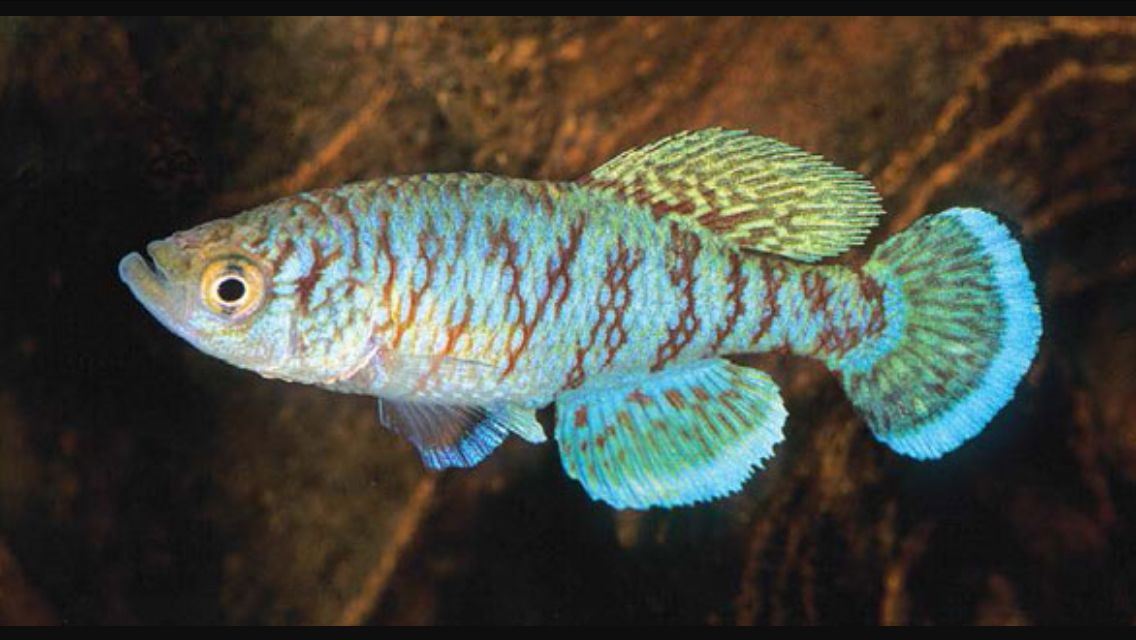
To date, Nothobranchius iridescence has been found only at this one location. Its extremely range-restricted status renders it highly susceptible to threats.
The area’s surrounding human activity and the impermanent nature of the pond pose a significant risk to it. Because of these threats, scientists have declared it an endangered species. Immediate conservation efforts may be necessary to protect this fascinating fish and delicate habitat.
The Significance of Temporary Habitats
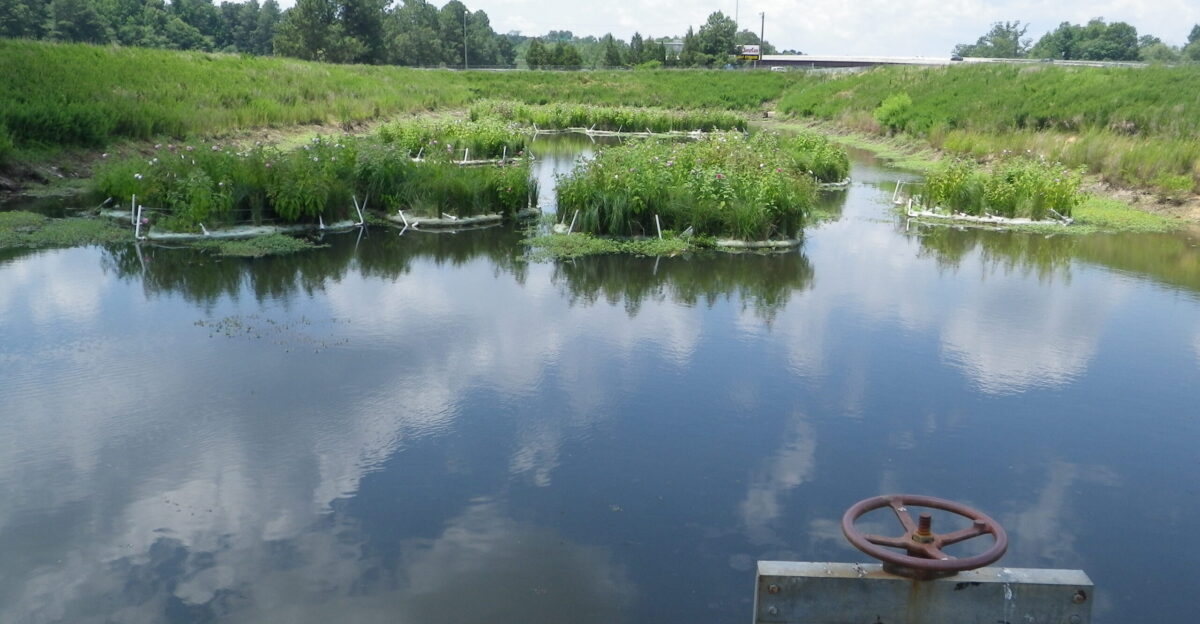
Temporary ponds and wetlands are short-lived and may disappear in a matter of months, but they are extremely important to millions of animals. Killifish rely on temporary ponds to complete their life cycle.
Scientists are still studying these adaptive biological strategies and the role of environmental change in such habitats. Even small, transient ponds can hold great biological surprises.
Other New Discoveries
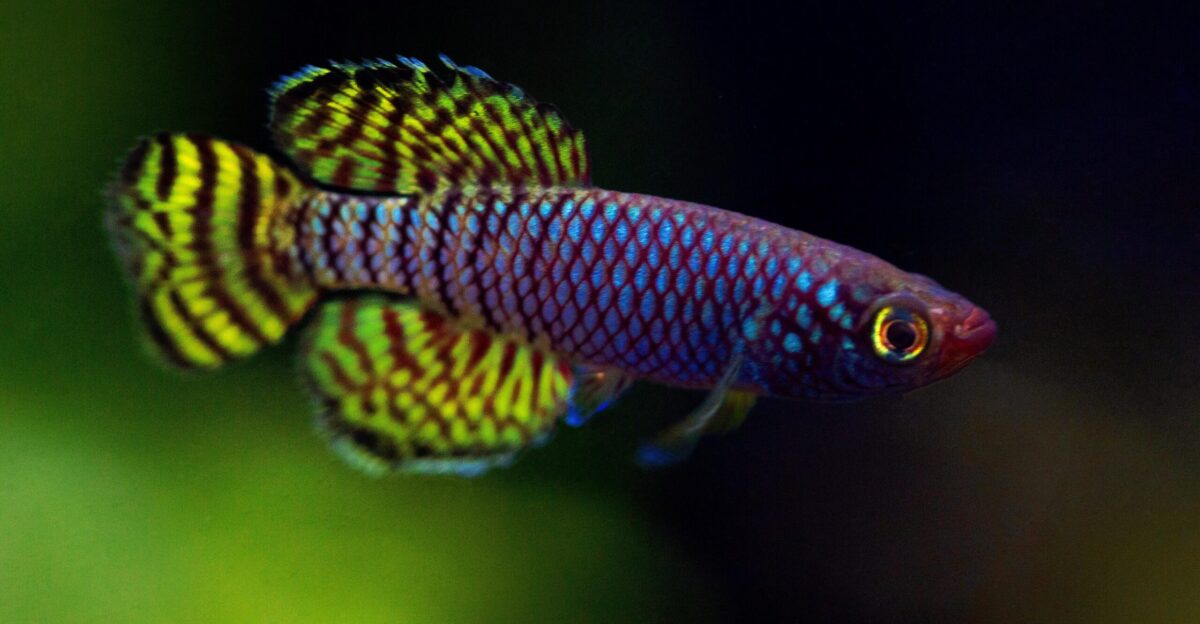
As part of their surveys, Nagy and his team discovered not only Nothobranchius iridescent but also three new species of killifish and one new lamp-eye fish species.
These findings demonstrate how much more we have yet to learn about Africa’s temporary wetlands. They also promote continued discovery and indicate that numerous more hidden species could still be waiting for us to find them.
What Makes This Find Special
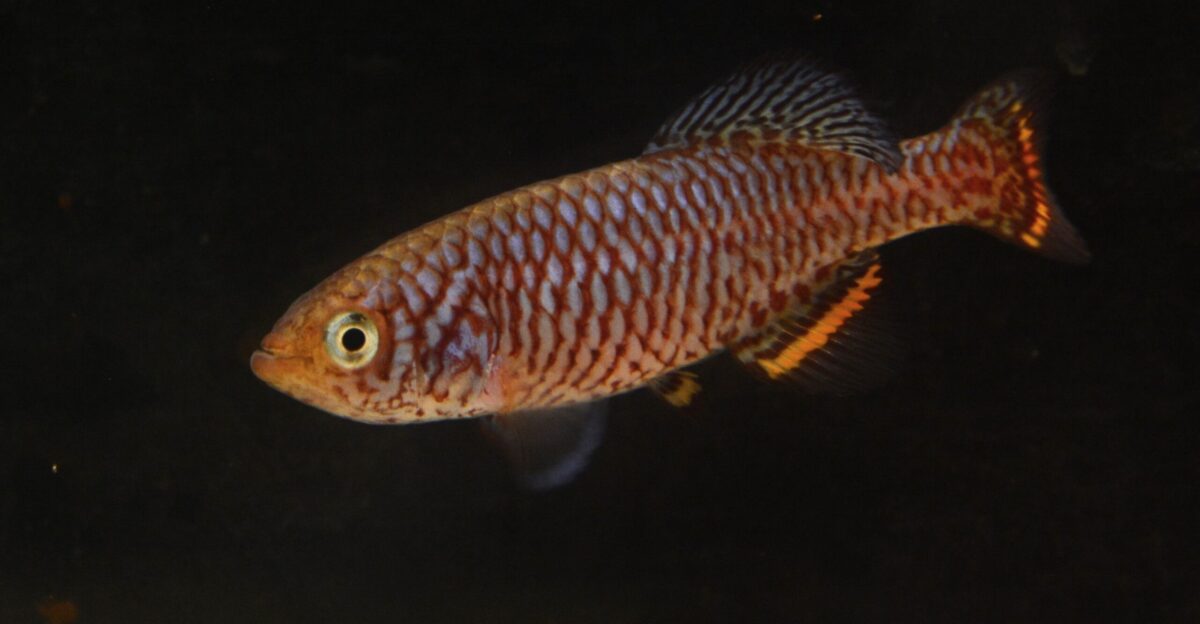
The rainbow seasonal killifish is not just a small species of fish. Its bright colors, huge yellow eyes, and survival strategy set it apart. It represents how small, isolated ponds can harbor life forms never before encountered. Findings like this move scientists to continue searching in environments commonly overlooked.
Conservation Challenges Ahead
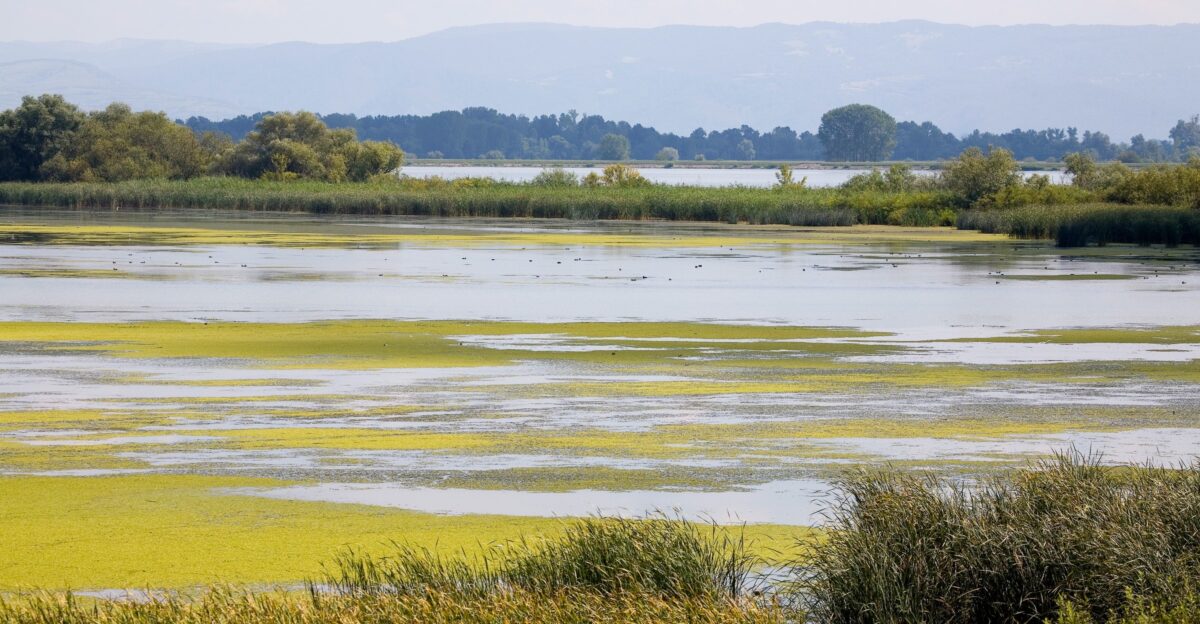
This new species will not be easy to conserve. With human populations expanding and wetlands shrinking, many such environments fall victim to land use change, pollution, and water drainage.
Scientists warn that without targeted conservation, specialized species like Nothobranchius iridescent will go extinct before we even know how to study them fully. The discovery highlights broader questions about the trade-off between human development and biodiversity conservation.
A Reminder for Future Research

Each new species found highlights the need to keep conducting field work. Temporary and isolated environments are still full of surprises. These discoveries show the merit of persistence and patience in science — it took seven years for Nagy and his colleagues to discover this fish species. Ongoing work can yield additional species and inform conservation efforts of these fragile ecosystems around the globe.
Beyond the Pond

The yellow-eyed rainbow killifish’s story is more than a scientific footnote; it’s a tribute to nature’s hidden riches. Few of us will likely ever see these ponds for ourselves, but they remind us of Earth’s incredible diversity and richness. The more we learn, the more we realize how important it is to preserve even the smallest corner of nature.


